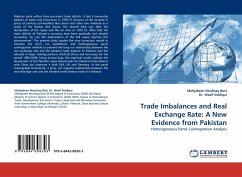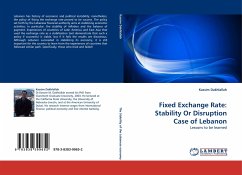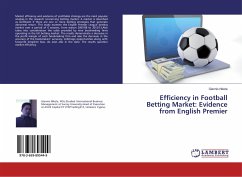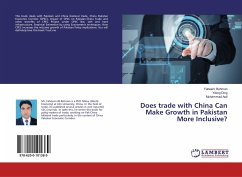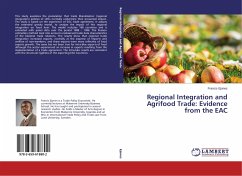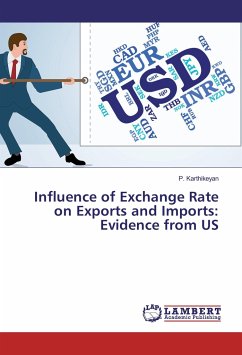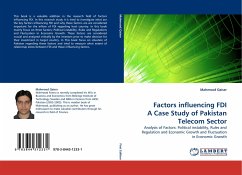Pakistan trade suffers from persistent trade deficits. It had a favourable balance of trade only twice;once in 1950-51 because of the increase in prices of primary commodities like cotton and other raw materials as a result of the Korean War boom; the second time was after the devaluation of the rupee and the oil crisis in 1972-73. After that the trade deficits of Pakistan's economy have been gradually and steadily increasing. So, can the depreciation of the Pak rupee improve this phenomenon? This present study implies the error correction model to estimate the short run equilibrium and heterogeneous panel cointegration method to examine the long run relationship between the real exchange rate and the bilateral trade balance of Pakistan and her selected 4 major trading partners (USA,UK,China and Germany) for the period 1980-2008. Using annual data, the empirical results indicate the devaluation of the Pakistan rupee deteriorates her bilateral trade balance with China but improvesit with USA, UK and Germany. In the panel cointegrated framework, a long- run negative relationship between the real exchange rate and the bilateral trade balance exists for Pakistan.

